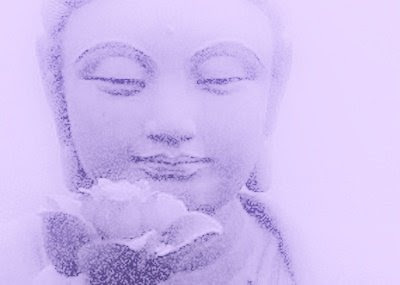Different Kinds of Bodhisattvas?

It might seem that all bodhisattvas are the same, but they are quite different from each other with unique personalities. However, in general, there are two main categories of bodhisattvas. Learner bodhisattvas are those who, though enlightened by human standards, still have not yet entered perfection. They are actively clarifying wha t prevents total Buddhahood under the training in the six perfections. Emanation bodhisattvas are more rare in human form, but abundant in more subtle forms; they are the working forms of various levels of buddhas that remain in a more vast form. These extraordinary bodhisattvas actively work in projects benefiting living beings in accordance with a vast plan. ~Domo Geshe Rinpoche ~~~ "Man könnte meinen, dass alle Bodhisattvas gleich seien, aber sie sind sehr verschieden voneinander, einzigartige Persönlichkeiten. Es gibt jedoch allgemein gesagt zwei Hauptkategorien von Bodhisattvas. Lernerbodhisattvas sind jene, die noch nicht in die ...








